Critical Thinking

A month ago, you were hired to replace the previous social media officer of a small organisation that produces, customises and delivers beauty kits and cosmetics.
Apparently, your organisation is losing traction on social media and experiences much lower feedbacks and engagement rate than expected. This negative trend is not new to them, but the causes are not known yet…since few years now, it seems difficult for them to grow their online public – and most importantly – the conversion from promo banner(s) to online shop.
Your supervisor points out that the digital market represents for them a big opportunity to which they wish to capitalise on. She/he confesses you that, so far, they lacked of a robust social media strategy: an alternative might be outsourcing the function to an external provider of digital services, but they much better prefer to nurture internally this competence and expertise.
You are tasked to design and plan the next social media campaign for the incoming year, and detailing:
- Goals
- Audience profile
- Monitoring means
- Competitive analysis
- Audit measures and parameters
- Networks to cover
- Etc…
However, you realise very soon to have a bigger issue to deal with first: due to the overall lack of a structured social media strategy, you miss most of the historic data, meaning: comprehensive and detailed information of what has been done so far).




